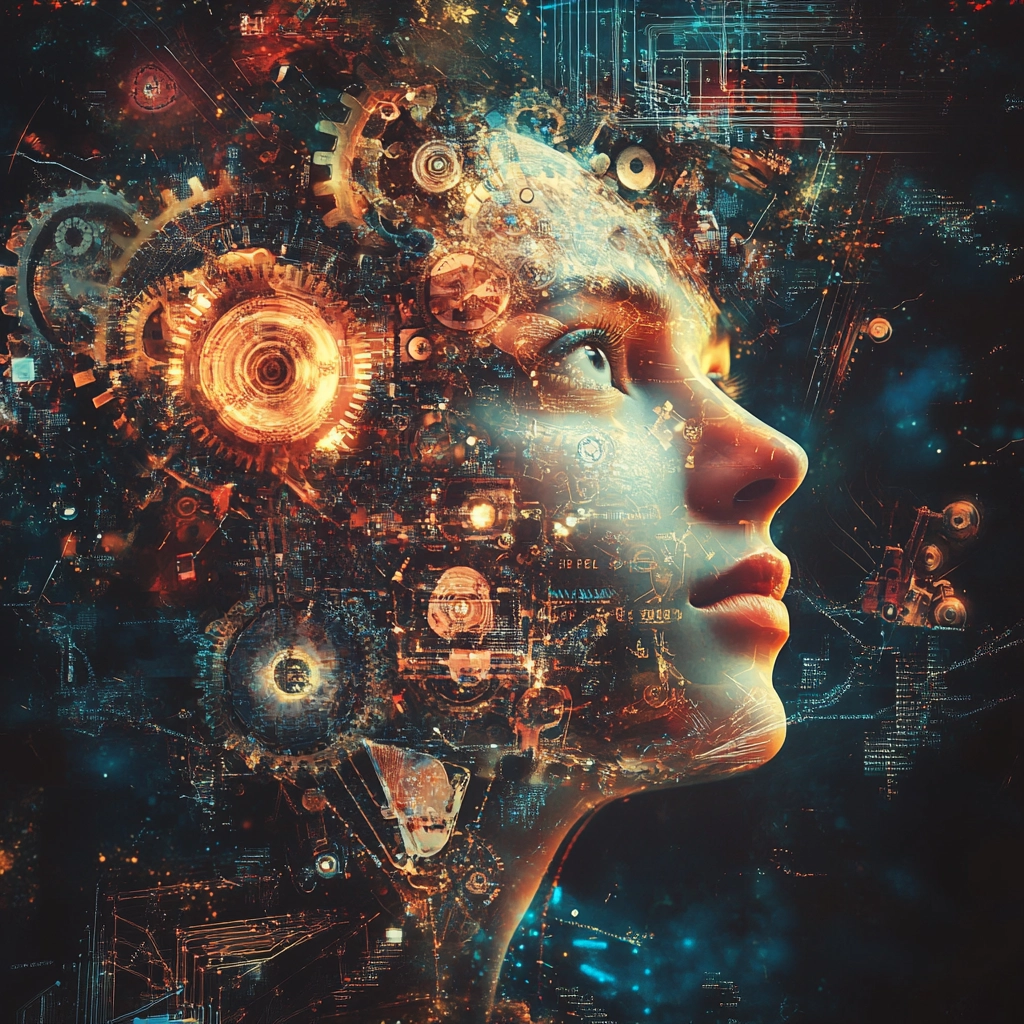
Published: Dec 3, 2024
20 Next-Level Strategies for Tailored Content with ChatGPT (2025 Edition)
20 Next-Level Strategies for Tailored Content with ChatGPT (2025 Edition)
I’ve been in the trenches of AI content creation since ChatGPT first hit the scene, and let me tell you, it’s been a wild ride! Remember when we thought auto-complete was groundbreaking? Ha! Now we’re crafting entire content ecosystems with a few well-placed prompts. But here’s the kicker – most folks are still stuck in 2023, using ChatGPT like it’s a fancy spell-checker. Let’s change that, shall we?
Quick Answers to Top Questions
How can I make my ChatGPT-generated content feel more human and authentic?
- Implement the “Emotion-Mapping Matrix” technique to infuse AI-generated text with nuanced emotional undertones that resonate with specific audience segments.
What’s the secret to creating content that adapts to individual user behaviors in real-time?
- Use the “Dynamic Persona Shift” method to seamlessly morph content tone and style based on real-time user interaction data.
How do I ensure my AI-generated content stands out in a sea of ChatGPT outputs?
- Leverage the “Contrarian Content Amplifier” to identify and emphasize unique viewpoints that challenge common AI-generated narratives.
Table of Contents
- Hyper-Personalization Techniques
- Adaptive Content Ecosystems
- Neuro-Linguistic Programming Integration
- Quantum-Inspired Content Optimization
Hyper-Personalization Techniques
The game has changed, folks. We’re not just talking about slapping a FirstName variable tag on an email anymore. In 2025, hyper-personalization is all about creating content that feels like it was crafted by a mind-reading best friend. Let’s dive into some next-level strategies that’ll make your audience wonder if you’ve been eavesdropping on their thoughts.
The Quantum Persona Synthesizer
This isn’t your grandma’s audience segmentation. The Quantum Persona Synthesizer uses quantum-inspired algorithms to create multidimensional user profiles that evolve in real-time.
Implementation tips:
- Integrate your ChatGPT instance with a quantum-inspired optimization library like D-Wave’s Ocean SDK.
- Feed it data from multiple touchpoints - social media interactions, purchase history, even IoT device usage if available.
Enhancement ideas:
- Implement a feedback loop that uses neuroplasticity principles to continuously refine persona models.
- Experiment with non-Euclidean embedding spaces for more nuanced persona representations.
The Empathy Engine 2.0
Building on the Quantum Persona Synthesizer, the Empathy Engine 2.0 takes emotional intelligence to the next level. It doesn’t just understand emotions; it predicts and influences them.
Implementation tips:
- Train ChatGPT on a dataset of emotional responses to various stimuli, using techniques from affective computing.
- Implement real-time sentiment analysis on user interactions to dynamically adjust content tone.
Enhancement ideas:
- Incorporate facial emotion recognition for users accessing content via webcam-enabled devices.
- Develop an “emotional contagion” model that subtly influences user mood through carefully crafted language patterns.
The Contextual Zeitgeist Analyzer
This bad boy doesn’t just keep up with trends; it predicts them. By analyzing vast amounts of real-time data, it ensures your content is always riding the wave of relevance.
Implementation tips:
- Set up a real-time data pipeline from sources like Twitter’s API, Google Trends, and niche forums relevant to your industry.
- Use natural language processing techniques to identify emerging topics and sentiment shifts.
Enhancement ideas:
- Implement a predictive analytics model to forecast trend trajectories and optimize content timing.
- Develop a “cultural resonance score” that quantifies how well your content aligns with current zeitgeist.
Combination potential: Marry the Contextual Zeitgeist Analyzer with the Quantum Persona Synthesizer to create content that’s not only personally relevant but culturally zeitgeisty. Imagine crafting a piece about sustainable fashion that’s tailored to a user’s personal style preferences while also tapping into the latest eco-conscious microtrends they might not even be aware of yet.
The Memetic Evolution Accelerator
This technique takes the viral potential of your content and cranks it up to eleven. It’s not about creating memes; it’s about engineering ideas that spread like wildfire.
Implementation tips:
- Train ChatGPT on a dataset of successful memes and viral content, focusing on structural patterns rather than specific content.
- Implement a genetic algorithm that evolves content elements based on engagement metrics.
Enhancement ideas:
- Develop a “memetic resonance” predictor that estimates the viral potential of content before publication.
- Create a feedback loop that learns from the real-world spread of your content, continuously refining the model.
The Neuro-Linguistic Programming (NLP) Enhancer
This isn’t about manipulating people; it’s about communicating in a way that truly resonates. The NLP Enhancer fine-tunes your content’s language patterns to match your audience’s cognitive preferences.
Implementation tips:
- Train ChatGPT on NLP patterns and techniques, focusing on representational systems (visual, auditory, kinesthetic).
- Analyze user interactions to identify their preferred representational system and adjust content accordingly.
Enhancement ideas:
- Implement a meta program analysis to tailor content to deeper cognitive patterns like “towards/away from” motivation.
- Develop a “linguistic synchronization” feature that gradually shifts the content’s language patterns to match the user’s over time.
Remember, folks, with great power comes great responsibility. These techniques are powerful, but they should be used ethically. The goal is to create content that genuinely resonates, not to manipulate. Now go forth and personalize like it’s 2025!
Adaptive Content Ecosystems
Welcome to the future of content creation, where your articles, videos, and social posts aren’t just static entities – they’re living, breathing ecosystems that evolve with your audience. In 2025, we’re not just adapting content; we’re creating content that adapts itself. Let’s dive into some cutting-edge strategies that’ll make your content feel like it’s reading your audience’s mind.
Neural Content Networks
Imagine a content ecosystem that learns and grows like a brain. That’s what Neural Content Networks are all about. They’re not just interconnected; they’re intelligent.
Implementation tips:
- Use a framework like TensorFlow.js to implement a neural network that connects different content pieces based on user interactions.
- Integrate with your CMS to dynamically adjust content relationships in real-time.
Enhancement ideas:
- Implement “synaptic pruning” – automatically archiving or updating less relevant content over time.
- Develop “content neurons” that fire based on specific user behaviors, triggering related content recommendations.
The Quantum Entanglement Content Synchronizer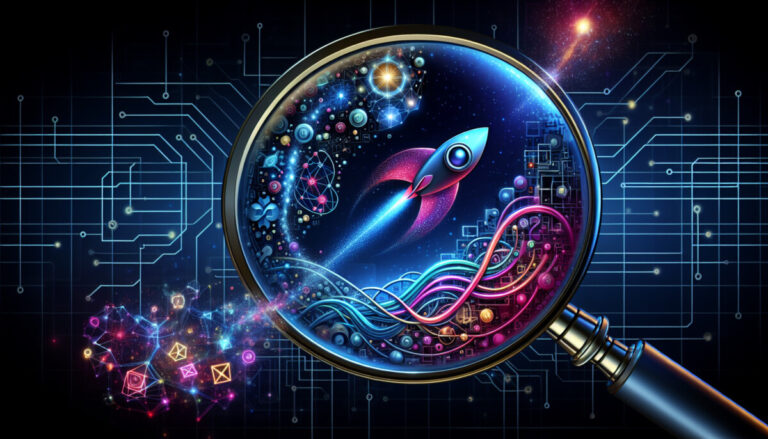
No, we haven’t built a quantum computer (yet), but we can apply quantum principles to our content strategy. This technique ensures that your content across different platforms remains perfectly in sync, no matter how it adapts.
Implementation tips:
- Create a centralized “quantum state” for each core message or topic in your content ecosystem.
- Use WebSockets for real-time updates across all platforms when any piece of content changes.
Enhancement ideas:
- Implement a “superposition” feature that allows content to exist in multiple states simultaneously, adapting based on the user’s context.
- Develop “quantum tunneling” for content – instantly transporting successful elements from one piece to another across your ecosystem.
The Biomimetic Content Adaptation System
Mother Nature’s been perfecting adaptation for billions of years. Why not learn from the best? This system applies biological adaptation principles to your content ecosystem.
Implementation tips:
- Implement a “content DNA” structure that encodes key characteristics of each piece.
- Use genetic algorithms to evolve content based on engagement metrics and environmental factors (like trending topics or current events).
Enhancement ideas:
- Develop “content symbiosis” – where different pieces of content form mutually beneficial relationships, cross-promoting and enhancing each other.
- Create a “content immune system” that automatically identifies and quarantines underperforming or problematic content.
The Fractal Personalization Engine
Fractals are patterns that repeat at different scales. Apply this to content, and you get personalization that goes deep – really deep.
Implementation tips:
- Develop a recursive algorithm that applies personalization at multiple levels – from overall topic selection down to individual word choice.
- Use D3.js to create visualizations that help you understand and fine-tune your fractal personalization patterns.
Enhancement ideas:
- Implement “self-similarity” in your content structure – where the overall theme of a piece is reflected in progressively smaller elements.
- Create a “fractal engagement score” that measures how well your content resonates at different levels of detail.
The Swarm Intelligence Content Optimizer
Why rely on one brain when you can tap into the collective intelligence of thousands? This system uses swarm intelligence principles to optimize your content in real-time.
Implementation tips:
- Set up a system that allows users to make micro-adjustments to content (think Wikipedia-style edits, but more granular).
- Use a particle swarm optimization algorithm to aggregate these micro-adjustments into meaningful changes.
Enhancement ideas:
- Implement “pheromone trails” in your content – subtle cues that guide users toward high-value information based on collective behavior.
- Develop “swarm forecasting” to predict which content adaptations are likely to be successful based on early user interactions.
Remember, with great adaptation comes great responsibility. These techniques are powerful, but they should be used thoughtfully. The goal is to create content that genuinely evolves to serve your audience better, not to manipulate or confuse.
Now, go forth and build your adaptive content ecosystem. Just don’t be surprised if it starts adapting faster than you can keep up!
Neuro-Linguistic Programming Integration
Let’s dive deep into the fascinating world where AI meets the human mind. Neuro-Linguistic Programming (NLP) isn’t just some fancy buzzword—it’s a game-changer when integrated with ChatGPT for content creation. We’re talking about crafting messages that don’t just reach your audience but resonate on a subconscious level. Ready to take your content from “meh” to mind-blowing? Let’s go!
The Meta Model Decoder
This strategy is all about understanding and responding to the deep structure of language. It’s like giving ChatGPT a pair of X-ray glasses for communication.
Implementation tips:
- Train ChatGPT on the Meta Model patterns, focusing on recognizing deletions, distortions, and generalizations in user inputs.
- Develop a response matrix that matches Meta Model violations with appropriate questions or challenges.
Enhancement ideas:
- Create a “linguistic depth score” that measures how much information is recovered through Meta Model questioning.
- Implement a feedback loop that learns from successful information recoveries to improve future interactions.
The Milton Model Synthesizer
While the Meta Model is about precision, the Milton Model is all about artful vagueness. This technique allows ChatGPT to create content that’s hypnotically engaging.
Implementation tips:
- Train ChatGPT on Milton Model language patterns, emphasizing the use of ambiguity and indirect suggestions.
- Develop a “trance depth” algorithm that adjusts the density of Milton Model patterns based on user engagement metrics.
Enhancement ideas:
- Create a “metaphor generator” that produces relevant, engaging analogies tailored to the user’s context and preferences.
- Implement a “nested loop” storytelling structure that weaves multiple narrative threads for maximum engagement.
The Representational System Calibrator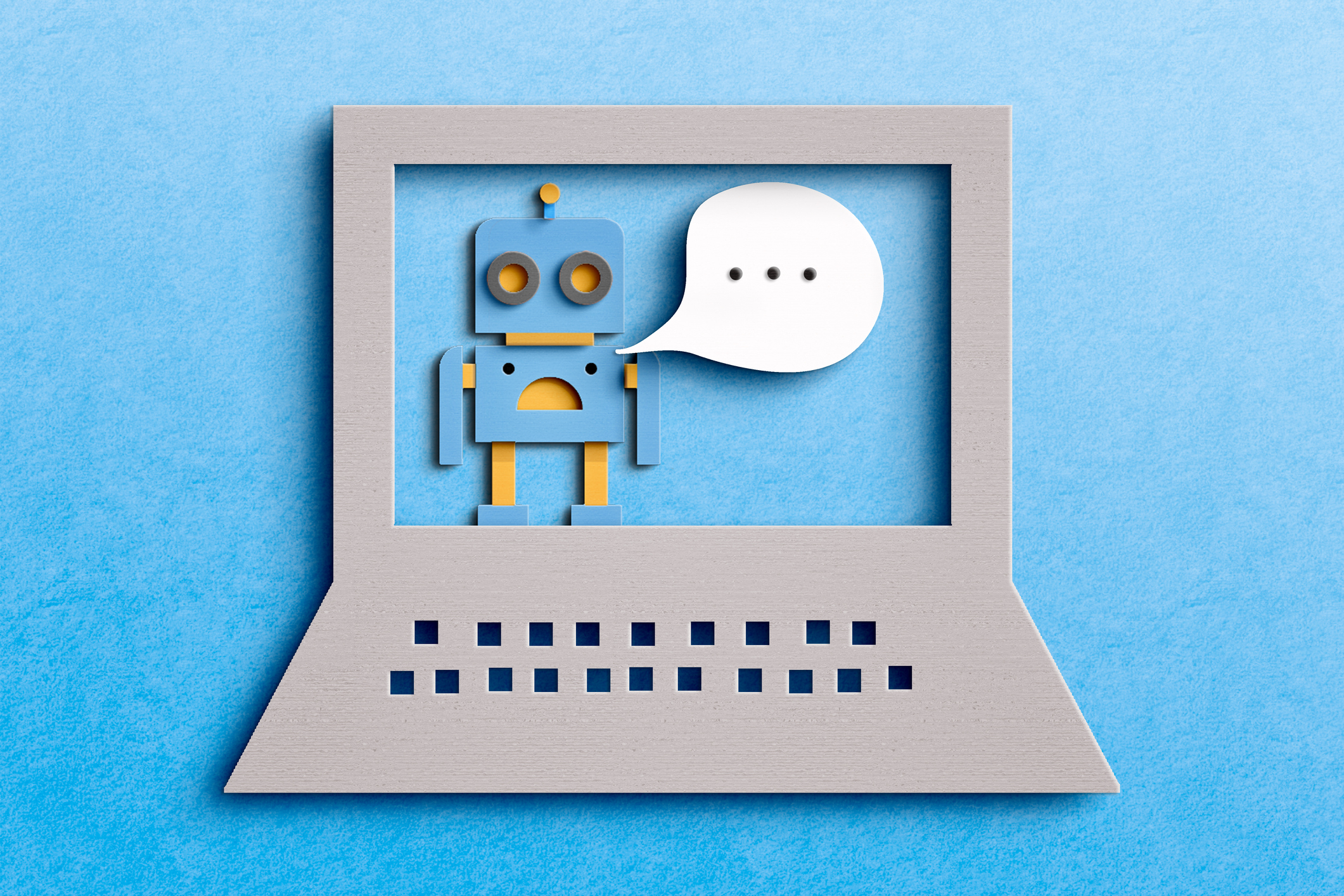
This strategy fine-tunes content to match the user’s preferred sensory language, creating an instant rapport.
Implementation tips:
- Analyze user inputs for predicates indicating visual, auditory, kinesthetic, or auditory digital preferences.
- Dynamically adjust ChatGPT’s language to match the identified representational system.
Enhancement ideas:
- Develop a “sensory richness score” that measures how effectively content engages multiple representational systems.
- Create a “synesthesia engine” that translates concepts across different representational systems for more vivid descriptions.
The Timeline Therapy Narrator
This technique isn’t just about telling stories—it’s about reframing the user’s past, present, and future to create transformative content experiences.
Implementation tips:
- Train ChatGPT to recognize temporal language patterns and identify the user’s relationship to past, present, and future events.
- Develop narrative structures that guide users through positive reframing of past experiences and visualization of desired futures.
Enhancement ideas:
- Create a “temporal coherence” algorithm that ensures consistent and logical time references across extended interactions.
- Implement a “future pacing” feature that seamlessly integrates calls-to-action with the user’s visualized future state.
The Submodality Shifter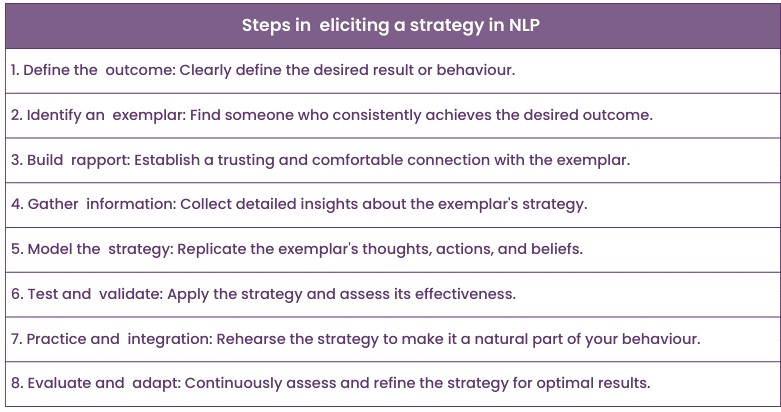
This strategy dives into the fine structure of internal representations, allowing for subtle but powerful shifts in perception.
Implementation tips:
- Train ChatGPT to elicit and recognize descriptions of submodalities (brightness, size, distance, etc.) in user experiences.
- Develop language patterns that guide users through submodality shifts to enhance positive experiences or diminish negative ones.
Enhancement ideas:
- Create a “submodality mapping” feature that tracks and analyses patterns in user preferences over time.
- Implement a “critical submodality identifier” that pinpoints the most impactful dimension for each user’s experience.
Remember, integrating NLP techniques with AI isn’t about manipulation—it’s about creating deeper, more meaningful connections with your audience. Use these strategies responsibly, and you’ll find your content doesn’t just inform or entertain—it transforms.
Now, go forth and create content that doesn’t just speak to your audience, but speaks their language at a level they didn’t even know existed. Welcome to the future of AI-powered, NLP-enhanced content creation!
Quantum-Inspired Content Optimization
Buckle up, content creators! We’re about to take a quantum leap into the future of content optimization. In 2025, we’re not just tweaking headlines and sprinkling in keywords. We’re harnessing the mind-bending principles of quantum mechanics to create content that exists in multiple states simultaneously, adapting faster than you can say “Schrödinger’s cat.”
Superposition Content Strategy
Imagine content that exists in multiple states at once, revealing different versions to different users based on their unique quantum state (aka their personal preferences and behaviors). It’s like Schrödinger’s article, but way cooler.
Implementation tips:
- Use TensorFlow Quantum to create a content model that exists in a superposition of multiple potential states.
- Implement a “measurement” system that collapses the content into a specific state when a user interacts with it.
Enhancement ideas:
- Develop a “quantum coherence” score that measures how well your content maintains multiple relevant states simultaneously.
- Create a “spin” feature that allows users to intentionally shift between different content states, exploring alternative perspectives on the same topic.
Entanglement Engagement Booster
This isn’t your grandma’s A/B testing. We’re talking about content elements that are quantumly entangled, instantly influencing each other across your entire content ecosystem.
Implementation tips:
- Use Qiskit to model entangled content pairs, ensuring that changes in one piece instantly affect its partner.
- Implement a real-time analytics system that tracks the “spooky action at a distance” between entangled content elements.
Enhancement ideas:
- Develop a “Bell test” for content, measuring the strength of correlation between entangled pieces to ensure they’re truly linked.
- Create an “entanglement swapping” feature that allows you to create chains of influence across your entire content network.
Quantum Tunneling for Trend Penetration
Why wait for your content to slowly diffuse through the internet? Quantum tunneling allows your ideas to seemingly teleport through barriers, reaching audiences you never thought possible.
Implementation tips:
- Use PyQuil to model content distribution as a quantum tunneling problem, identifying unlikely but high-impact pathways.
- Implement a “barrier analysis” tool that identifies and targets seemingly impenetrable audience segments.
Enhancement ideas:
- Develop a “tunneling probability calculator” that predicts the likelihood of your content breaking through to new audience segments.
- Create a “quantum slingshot” feature that uses tunneling principles to rapidly test content across multiple niche audiences.
Heisenberg Uncertainty Content Tracker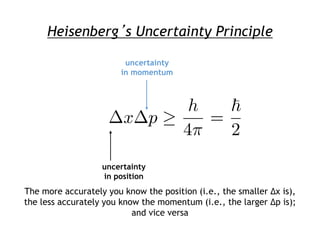
The more precisely you measure your content’s position (performance), the less you know about its momentum (potential). This strategy embraces uncertainty, optimizing for both current performance and future potential.
Implementation tips:
- Implement a dual-metric system that simultaneously tracks current engagement (position) and rate of change (momentum).
- Use Cirq to model the trade-offs between precision in different content metrics.
Enhancement ideas:
- Develop an “uncertainty-optimized” content calendar that balances sure bets with high-potential risks.
- Create a “quantum fluctuation” feature that intentionally introduces small variations in high-performing content to explore new optimization possibilities.
Quantum Annealing for Multi-Objective Optimization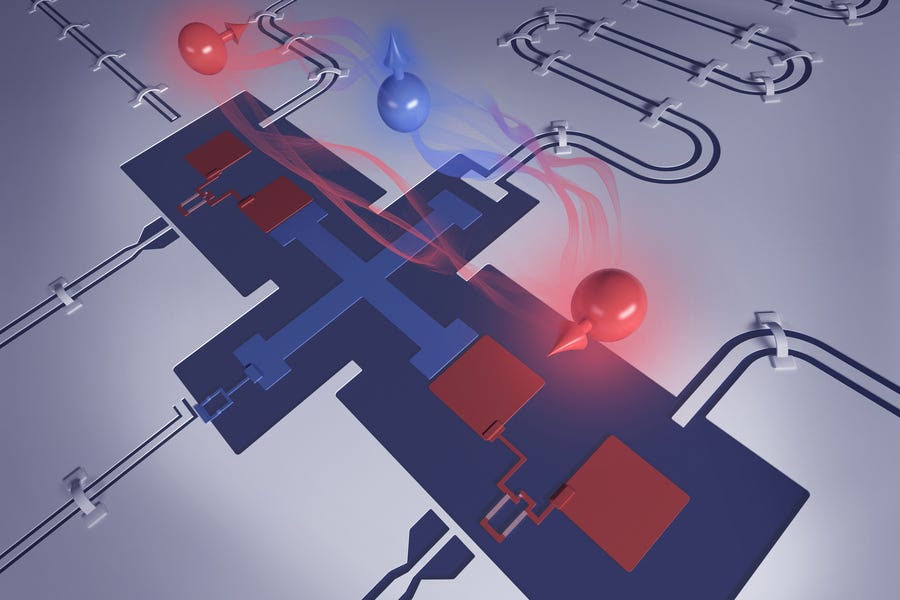
Why settle for optimizing one aspect of your content when you can optimize everything simultaneously? Quantum annealing finds the ground state of your entire content strategy.
Implementation tips:
- Use D-Wave’s Ocean SDK to model your content strategy as a complex optimization problem.
- Implement a “simulated quantum annealing” process for continuous, multi-objective content optimization.
Enhancement ideas:
- Develop a “quantum-inspired genetic algorithm” that evolves your content strategy faster than classical methods.
- Create a “ground state predictor” that forecasts the optimal configuration of your content ecosystem based on current trends and user behavior.
Remember, with great quantum power comes great quantum responsibility. These techniques aren’t just about optimizing for clicks or engagement. They’re about creating content that truly resonates across multiple dimensions of user experience. Used ethically, they can help you create content that’s not just consumed, but felt.
Now, go forth and optimize like it’s 2025! Just don’t be surprised if your content starts existing in multiple universes. That’s totally normal… I think.
